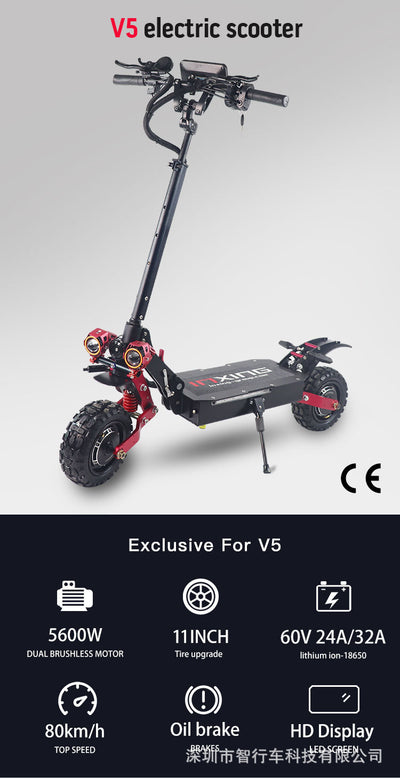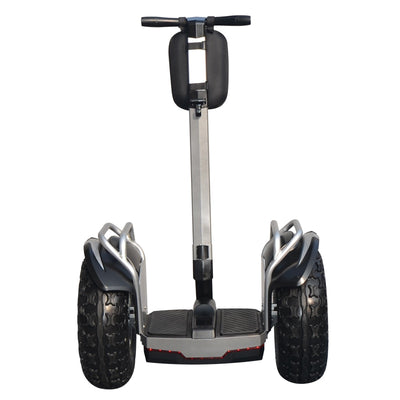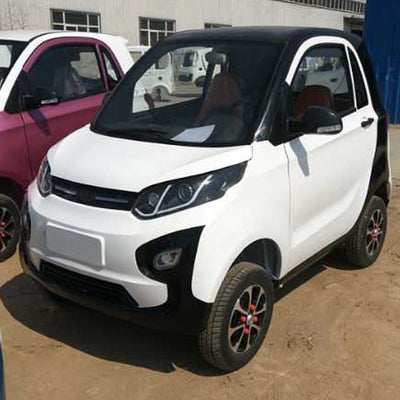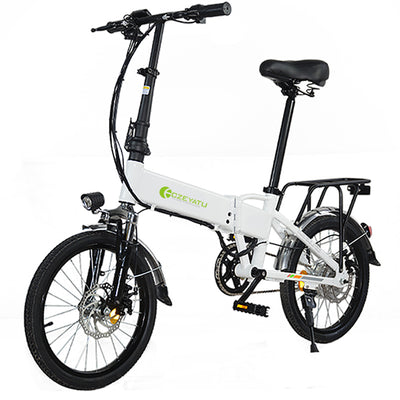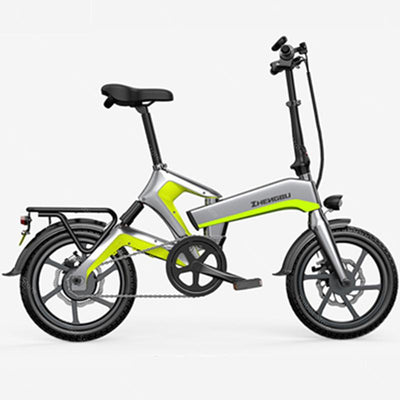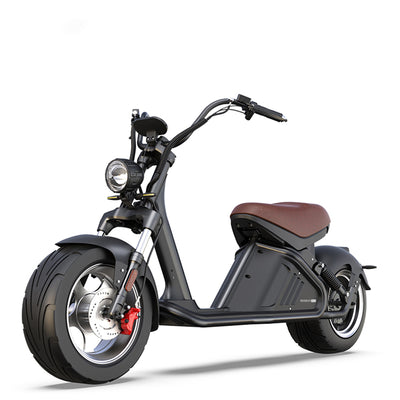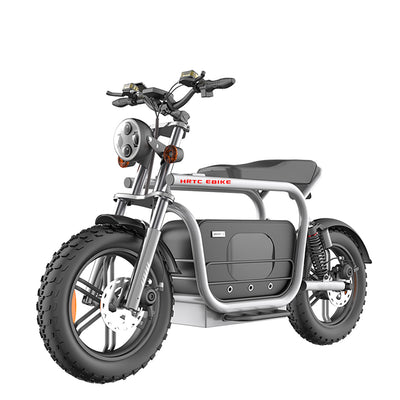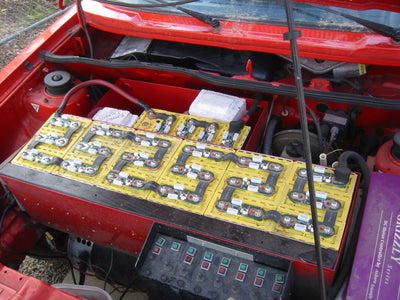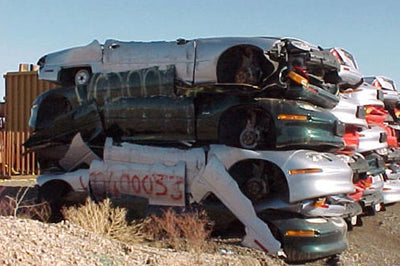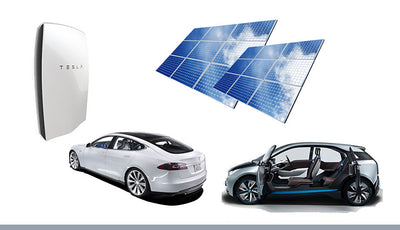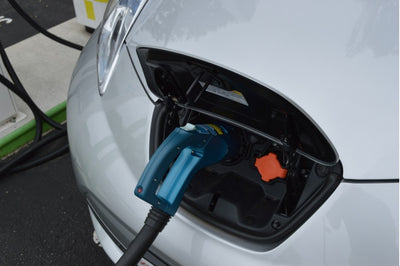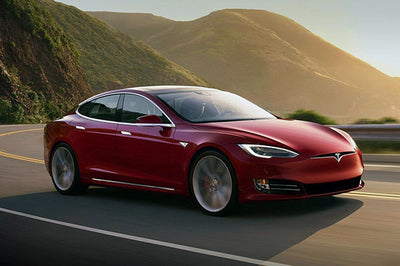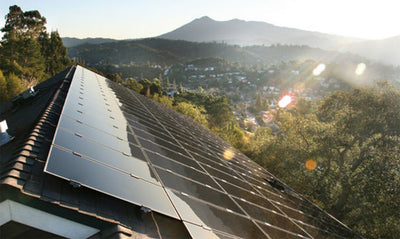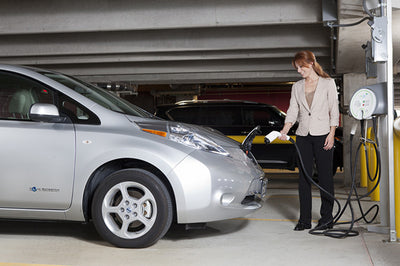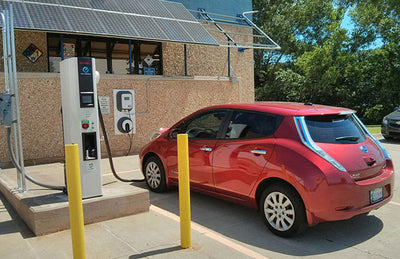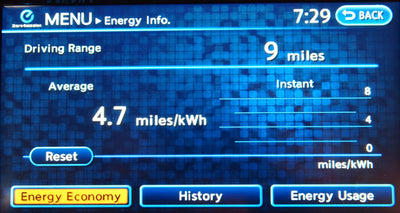Motivating and educating an electric vehicle owner
Posted by Tom Lee on
Buying an electric vehicle is a journey. Most who ‘go electric’ would have purchased or leased a vehicle before, but an EV is different. Until recently, new electric vehicle drivers have been early adopters and were well informed by the time they are picking the color of their new car. As prices for new EVs continue to drop, and more models enter the market, we are seeing a change in the type of person who is switching from their old gas car. This new consumer isn’t an early adopter, cutting edge or necessarily technology savvy. A potential EV owner has a lot to learn. Luckily there is a partner that has a vested interest in helping all EV owners, one they already know. Their electric utility company.
Electric utilities and EV drivers are made for each other
Electric utilities and electric vehicle owners go together like peanut butter and jelly, they’re so much better together. Electric utilities are in a unique position of providing expanded services to a growing segment of customers. These services could include energy rate designs for EV owners or better integration with charging services and billing. In return, utilities win loyal customers and access to flexible load by encouraging off-peak charging, peak avoidance, or aligning EV charging load with renewables, all of which can result in reduced costs for the utility and less stress on the grid. One way to accomplish this is through a customer-controlled loadshifting program like SmartCharge Rewards. A program like this not only encourages EV owners to charge when it is the most beneficial, but also provides a platform to educate them on why it is important.
What is SmartCharge Rewards
SmartCharge Rewards enables utilities to shift EV charging load, while creating happier customers by rewarding good charging habits. This gamification-based program has high enrollment, as drivers are treated like a part of the solution instead of part of the problem, and they continue to participate thanks to ongoing points accrual, achievement levels and rewards. To help illustrate what this would entail, below is an example of an EV owners journey in a SmartCharge Rewards program.
Reaching out to EV drivers in your service territory
A customer receives their usual monthly utility bill, however this one happens to contain a leaflet talking about a new EV charging program. It gives them some information about how their new electric vehicle charges, on the EV community in their area and how they can help others “go electric.” They learn about how they can ensure they don’t disrupt the electricity in their neighborhood while also doing their part to help the environment. They’re excited as participation is easy and they stand to get rewards by doing something they are doing anyways, charging their EV.
Teaching EV drivers about peak load
EV owners are relatively savvy about energy and that their actions directly tie into the greater good. Most often, they are happy to change their own behavior if it benefits everyone but they need to be made aware. In that leaflet they read about how their utility company wants them to avoid charging during specific times called “peak times.” It says that they should avoid these times because there is already an increased amount of electricity needed then. By adding EV charging the utility may need to use additional sources to generate more electricity, which is more expensive and may require a less eco-friendly solution like coal. Lastly these “peaks” can damage transformers, which could cause a blackout or it could just mean they have to be replaced sooner than originally planned. So to avoid all these issues the utility company will reward the EV owner to simply charge at a different time. It seems like a win-win situation, so the EV owner visits the advertised website to learn more.
Deciding to participate and the perks for an EV driver
Once they are visiting the website they see that in addition to the rewards for charging off peak they also will be given access to a portal. This portal gives them information about their charging behavior and also gives information about the performance of their EV like battery health. They will also receive achievement badges, that they can share via social media, which encourages others to go electric and join in. Not only does this allow them to become an advocate for EVs but it also can be used to create competition among their peers. In order to receive these rewards they need to install a device in their car that tracks when and where the car is charging. They are a little concerned at first, but once they read about what kind of information is captured and that their privacy is protected they decide to fill out their enrollment form. A few days later they receive an email saying that they have been accepted into the program and that their C2 device, the tool which will collect the information, is on it’s way. Once they receive it they simply go online, create account, activate the C2 and clip it in to the OBD II port, all of which was explained in the instructions it came with. They are now enrolled in SmartCharge Rewards and will start earning rewards for charging during certain times, which is outlined on the programs website. It was that simple.
Things for utilities to keep in mind when marketing EV programs
When communicating to their customers about EVs there are a few things that utilities should consider. Firstly, not all of them fully understand things like peak demand. Even if they are currently enrolled in a TOU or tiered pricing program, they may understand that they will be charged more during these times but they may not know why and it should be explained to them. Another key point is to use regular language as much as possible. The EV world, like most industries, is full of jargon and acronyms that can be overwhelming. Lastly, don’t be afraid to combine these marketing efforts with any other programs you may be running. Although it’s common to try to segregate program marketing, particularly in early or pilot stages when assessing them, you can actually stifle your marketing’s effectiveness. Ultimately you want all your programs to succeed, so combine your resources whenever possible.
More resources and information
- Free Report: Addressing barrier to electric vehicle adoption
- Electric Vehicle and SmartCharging Resources
- Get in touch with us, contact information
Scott Lepold is a Partner Account Manager of EV Utility Programs at FleetCarma, a division of Geotab Inc. Scott works with electric utilities to develop innovative programs for managing EV load and accelerating electric transportation initiatives to increase EV adoption. https://www.fleetcarma.com/about/scott-lepold/



